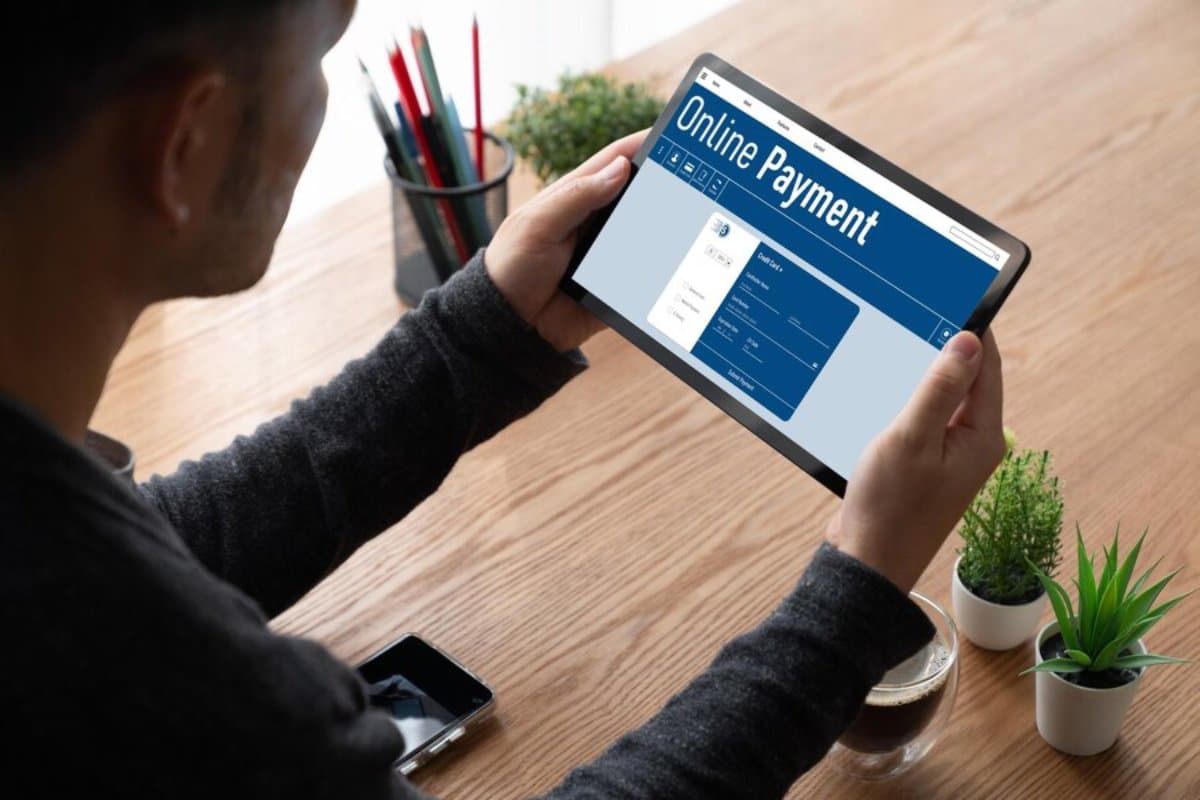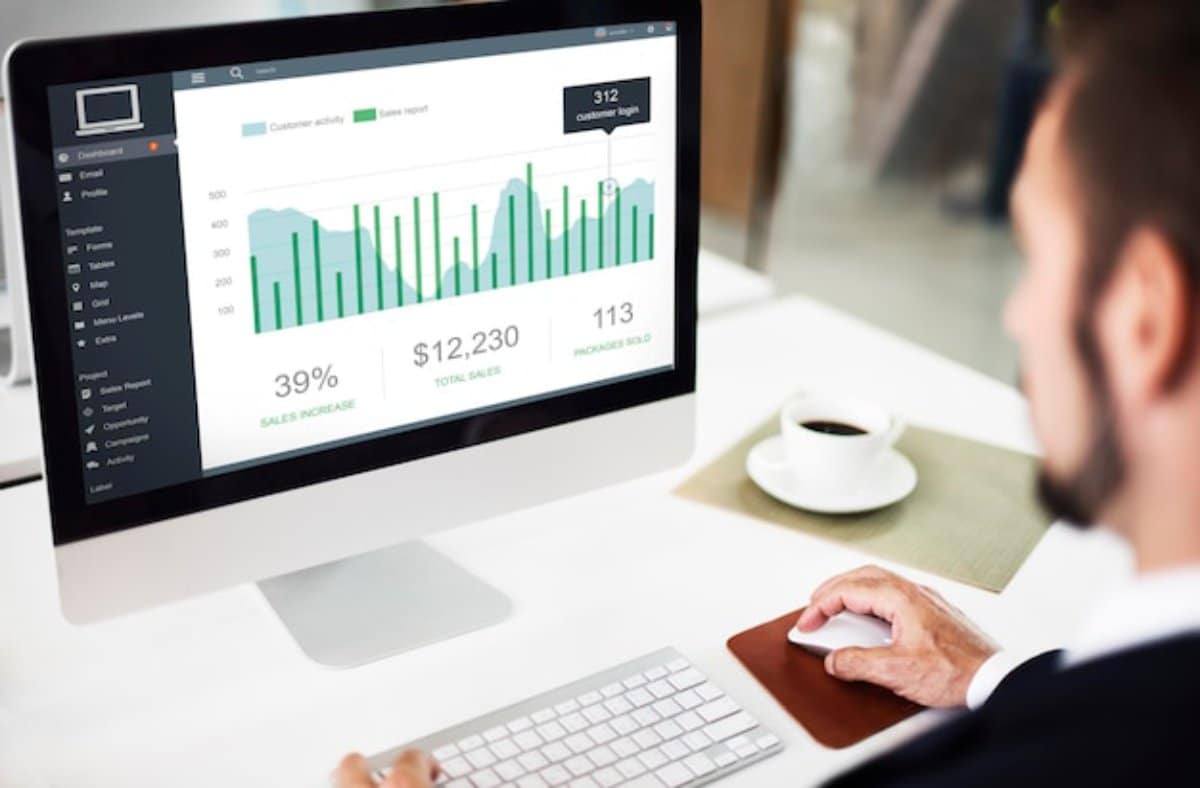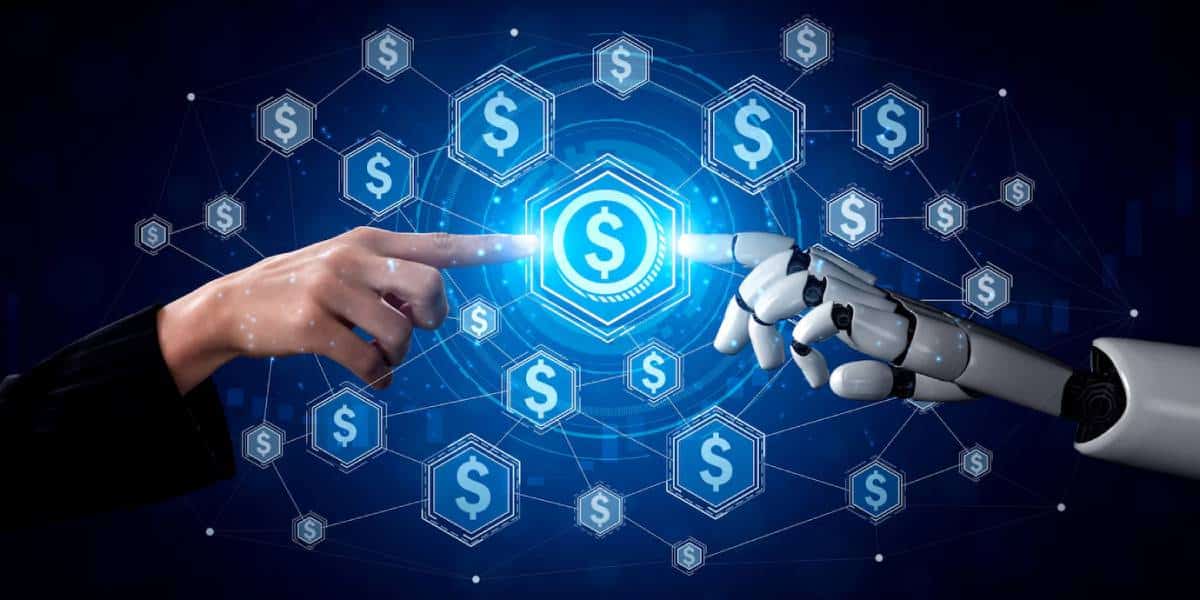
Top Features to Look for in a Payment Gateway
Choosing the Right Payment Gateway for Your Business
Imagine visiting an online store, finding the perfect product, and then struggling at checkout. Frustrating, isn’t it? A clunky payment process can turn eager customers away in seconds. That’s where the right payment gateway steps in. It’s more than a digital tool. It connects businesses and customers. It does this through secure transactions and an easy-to-use interface.
Choosing a payment gateway is crucial for your business. Whether you have a small online shop or a large e-commerce site, the right features can enhance your customer experience. With so many options available, how do you know which one’s best for your business?
This guide covers the key features to look for in a payment gateway. These tips will help you achieve smooth and secure online transactions. By the end, you’ll have a clear checklist to help you choose a gateway that aligns with your business goals and customer expectations.
Why Payment Gateway Features Matter
A payment gateway isn’t just a middleman for processing payments. It’s a critical part of your sales funnel. A gateway that lacks essential features can lead to cart abandonment, lost revenue, and compromised security.
A 2023 study by Baymard Institute found that almost 70% of shopping carts are abandoned. Many of these are due to bad payment experiences. This highlights just how vital user-friendly interfaces and secure transactions are.
The Key Benefits of a Well-Chosen Payment Gateway
- Boosts customer trust and confidence
- Ensures transaction security and data protection
- Reduces cart abandonment and increases conversions
- Supports business growth across multiple regions and platforms
Essential Payment Gateway Features to Consider
Here are the key payment gateway features every business should check out.

1. Security and Compliance
Nothing matters more than keeping customer data safe. Your payment gateway should provide robust security features, including:
- PCI DSS Compliance: Ensures the gateway meets global security standards.
- End-to-End Encryption: Protects data during transmission.
- Tokenisation: Replaces sensitive data with unique tokens.
- Fraud Detection Tools: Identifies and blocks suspicious transactions.
Without these security measures, your business might face data breaches and fraud.
2. Multiple Payment Methods
Consumers expect flexibility. A top-tier payment gateway supports a variety of payment options, such as:
- Credit and debit cards
- E-wallets (e.g., PayPal, Apple Pay, Google Pay)
- Bank transfers
- Buy Now, Pay Later services (e.g., Klarna, Afterpay)
- Cryptocurrencies (for forward-thinking businesses)
Offering multiple and localised payment methods caters to a broader audience and enhances convenience.
3. User-Friendly Interface
A seamless checkout experience is key to reducing cart abandonment. The payment process should be intuitive and fast.
- Mobile Optimisation: The interface must work smoothly on smartphones and tablets.
- Simple Navigation: Clear steps with minimal redirects improve user satisfaction.
- Customisable Checkout Pages: Branding your checkout flow can reinforce trust and consistency.
4. Fast Processing and Uptime Reliability
Time is money, especially online. Slow processing or gateway downtime can lead to lost sales.
- High Uptime Guarantee: Look for gateways that promise 99.9% uptime or higher.
- Quick Transaction Speeds: Ensure transactions are processed within seconds.
This keeps your operations smooth and customers happy.
5. Multi-Currency and Cross-Border Support
If you want to sell internationally, your payment gateway must support many currencies. It should also handle cross-border transactions smoothly.
- Dynamic Currency Conversion: Allows customers to pay in their local currency.
- Local Payment Methods: Supports region-specific options like iDEAL (Netherlands) or Alipay (China).
6. Easy Integration with Your Platform
No matter if you use Shopify, WooCommerce, Magento, or a custom platform, integration should be easy.
- Pre-Built Plugins: Simplify the setup process.
- API Access: Allows for custom integrations and flexibility.
The easier it is to integrate, the quicker you can start accepting payments.
7. Transparent Fees and Pricing
Hidden fees can eat into your profits. Always check for clear pricing structures.
- Transaction Fees: Per-transaction charges.
- Monthly Fees: Regular subscription or maintenance costs.
- Setup Fees: One-time charges for initiating the service.
Check different gateways to make sure you’re getting the best value for your business size and transaction volume.
8. Recurring Billing and Subscription Management
If your business relies on subscriptions, this feature is a must.
- Automated Recurring Payments: Ensures seamless billing cycles.
- Customisable Subscription Plans: Allows flexibility for different pricing tiers.
- Customer Account Management: Enables users to update payment details or cancel subscriptions easily.
9. Real-Time Reporting and Analytics
Data-driven decisions are essential for business growth. A payment gateway with detailed reporting tools can offer valuable insights.
- Sales Metrics: Track revenue, payment methods, and customer locations.
- Fraud Analysis: Monitor chargebacks and suspicious activities.
- Custom Reports: Tailor data views to your specific needs.

10. Excellent Customer Support
When things go wrong (and sometimes they do), responsive support is crucial.
- 24/7 Availability: Ensure help is available whenever you need it.
- Multiple Channels: Support via chat, email, and phone.
- Dedicated Account Managers: For larger businesses needing personalised assistance.
Comparing Popular Payment Gateways
Here’s a quick overview of how some leading gateways stack up based on the features above:
| Gateway | Security | Payment Methods | User Experience | Multi-Currency | Fees | Support |
| PayPal | High | Extensive | Good | Yes | Moderate | 24/7 |
| Stripe | High | Extensive | Excellent | Yes | Transparent | 24/7 |
| Square | High | Moderate | Good | Limited | Low | Business Hours |
| Authorize.Net | High | Extensive | Customisable | Yes | Variable | 24/7 |
This table is a good starting point. But always check gateways based on your business needs.
Best Practices When Choosing a Payment Gateway
- Assess Your Business Model: Consider your sales channels (online, in-person, mobile).
- Prioritise Customer Preferences: Know how your audience prefers to pay.
- Stay Updated on Trends: Payment technology evolves rapidly; stay informed to remain competitive.
For example, digital wallets and contactless payments can attract younger users. Also, recurring billing works well for subscription models.
Conclusion: Secure Transactions and Seamless Experiences Are Within Reach
Choosing the right payment gateway goes beyond just checking boxes. It’s about ensuring secure transactions and a user-friendly interface. This builds trust and drives growth. Focus on the payment gateway features in this guide. This way, you can choose a solution that fits your business goals and meets your customers’ needs.
Don’t leave your payment process to chance. Research, compare, and pick the gateway that best combines security, flexibility, and ease of use.
Found this guide helpful? Share your thoughts or questions about payment gateways in the comments. Also, subscribe for more insights on digital payments!


